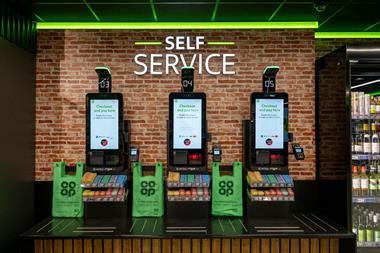The disclosure of the vast sums of money being spent in virtual world Second Life proves the possibilities of the web as a global marketplace for retailers.
The disclosure of the vast sums of money being spent in virtual world Second Life proves the possibilities of the web as a global marketplace for retailers.
The founders of Second Life yesterday announced that more than $1bn (£600m) of transactions have occurred through the site. A lot of jokes are made about the type of people who sit at a computer for hours living their lives vicariously through an animated character, and the tabloid press has had some fun revealing what their vastly less attractive creators look like.
But there is a serious point to be made about the geographical spread of the 126 million users who “lived” through the site in the second quarter of this year. Linden Labs, which runs Second Life, reports that there are users in nearly every country of the world, and they are spending virtual money (which can be exchanged for real dollars) at a virtually alarming rate.
The Second Life economy has nearly doubled between 2008 and 2009, and Second Life users are now performing transactions worth $50m (£30m) a month through the site. This is spent on a plethora of virtual goods – both those created by users themselves and those created by brands looking for marketing opportunities.
If this 126 million people are prepared to put aside geographical and language barriers to spend money in Second Life, then just imagine what could be possible with real goods, in real life, on the web.
UK retailers are expanding their potential customer bases by opening their sites to developed but far-flung locations such as Australia, proving that the fulfilment challenge of transporting real goods can be overcome.
And the news last week of a major internet infrastructure project in Africa, with the laying of a new cable under the sea from Asia to Mombasa in Kenya, shows how the developing world is becoming increasingly connected.
I’m not saying that Kenya, Zambia, Mozambique or any of the other relatively prosperous African nations could be retailers’ biggest overseas web markets in the next few years, but the possibilities in the longer term are virtually endless.


























1 Reader's comment